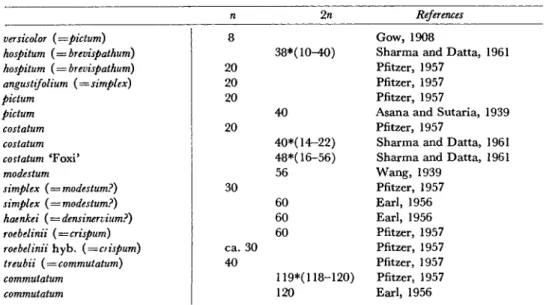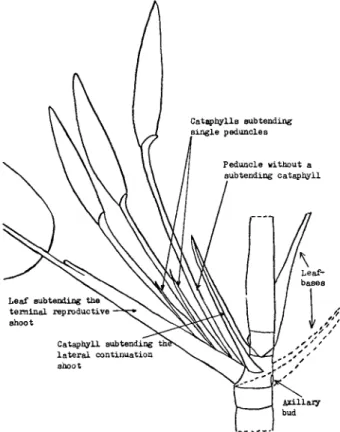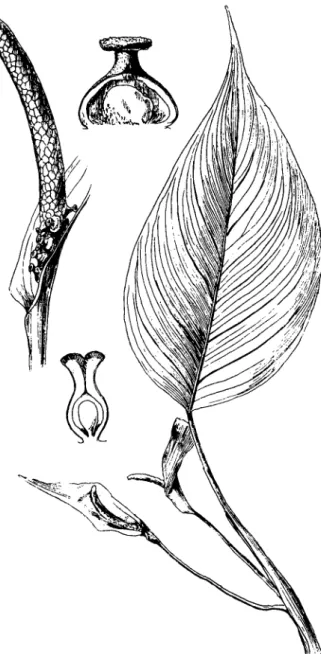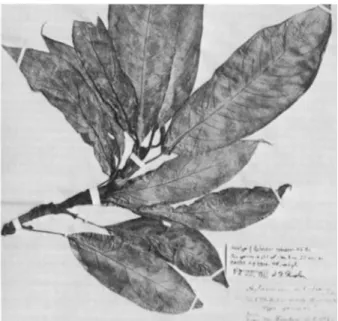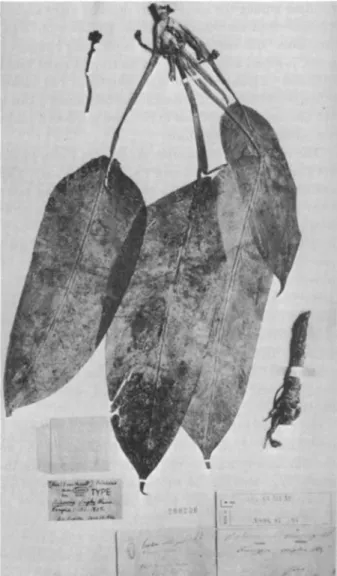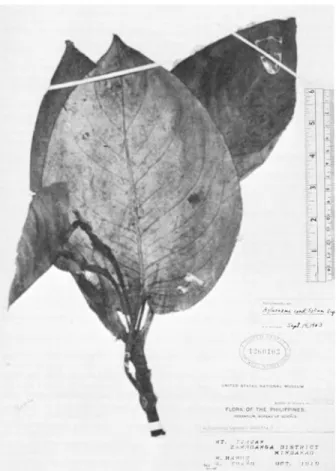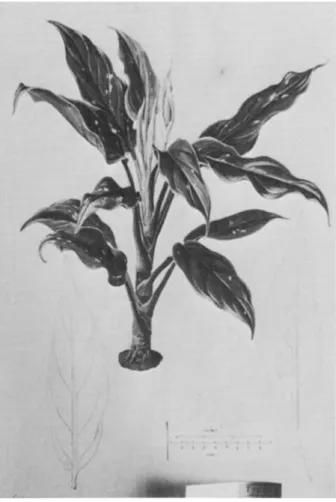Much of the literature of the genus is reviewed, particularly on cytology, embryology and morphology. Five of the genera (Anchomanes, Montrichardia, N e p h t h ytis, Plesmonium, Pseudoh ydroAme) were included in Hutchinson's Richardieae. This work is important as it covers the western area of the distribution of Aglaonema.
The following list shows the chromosome numbers of all genera of the Philodendroideae reported in the literature. One is almost forced to conclude that the development of the embryo and endosperm continues without fertilization. The upper part of the embryo consists of an oval mass of similar cells.
The upright habit is rather unusual in the family and is also characteristic of most species of the genera Dieffenbachia (Philodendroideae) and Montrichardia (Lasioideae). In a cross section of the petiole, the vascular bundles are roughly arranged in three semicircles. For example, the division may indicate the dichotomous nature of the origin of the stamen.
Van Tieghem (1867) Zantedeschia, Alocasia fi Aglaonema keessatti daraaraa pistillate vaaskilaayizeeshinii ta’uu isaa gabaaseera.
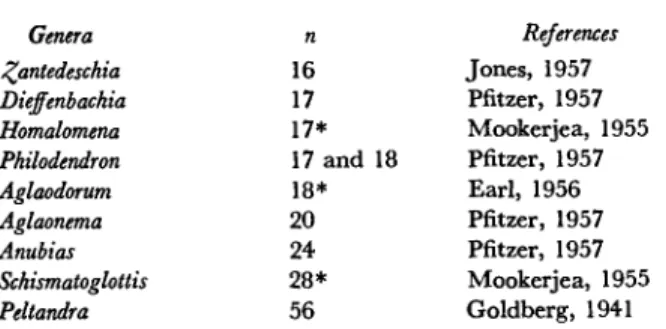
Aglaonema brevispathum
Leaf variation in the form of small spots affecting both sides of the leaf; the veins weakly to strongly differentiated into 4-7 primary lateral veins diverging from the midrib at 40”-50”. Leaf blade usually ovate, rarely lanceolate cm long cm wide, length/width ratio base often uneven, subordinate to rounded; apex often apiculate, acute to subacuminate, sometimes abruptly acuminate; usually variegated with scattered spots on either side of the leaf and/or with a white midrib, rarely not variegated; venation differentiated into 7-15 primary lateral veins diverging from the midrib at 50'-70'. Birdsey (1951, p. 14) rejected the forms because he had noticed that the amount and type of variation varied widely on the leaves of the same plant.
In the original publication, Brown stated: "Born of Perak." Curtis, the original collector, wrote on another specimen collected on Langkawi Island: “Habitat Perak in G[ardeners] C[ronicle] is an error.” Brown, the author of the error, corrected his note on the holotype so that now reads: “Introduced from the island of Langkawi by Mr. The species is apparently no longer extant, the type locality contains errors, and the brief description does not exactly match any plant I know. Leaf blades 15-26 cm long, 8.0-10 cm wide, variegation in the length/width ratio in the form of unevenly scattered white spots, sometimes on both sides of the leaf; venation differentiated into 10-14 primary lateral veins diverging from midrib at t 50”-70”.
FLOWERING TIME.-April-May (July), probably influenced by the onset of summer monsoon rains. Examination of the flowers shows them to be the usual unisexual flowers of Aglaonema. Aglaonema modesturn typically has a long acuity at the leaf tip; however, this is not found in the material called A. laoticum, although the spadix is 1.3 cm short from the spathe apex, and the species is clearly referable to A. The type of Aglaonema acutispathum N. Kew., from Hong Kong by H. 1903 , p. 185) himself reduced his taxon to synonymy, saying: "In my description I stated that it was distinct from A.
This lectotype was chosen because it is the most complete (with flowers and fruits) and because Gagnepain made sketches of the inflorescence on it. The spadix is sessile, reaching 1.3 cm short of the spathe apex, and without conspicuous staminodia, indicating that it is A. The report of shameful habit is surely a mistake for the reason that, although large plants of Aglaonema tend to oppose their neighbors, they are not climbers in the usual sense of the word.
I have annotated the type as probably from Sumatra, the only island of the three cited in the original publication in which A. The type and some of the wild collections do not show their variation after drying. Seasonality is not expected as all collections are from lowlands and within one degree of the equator.
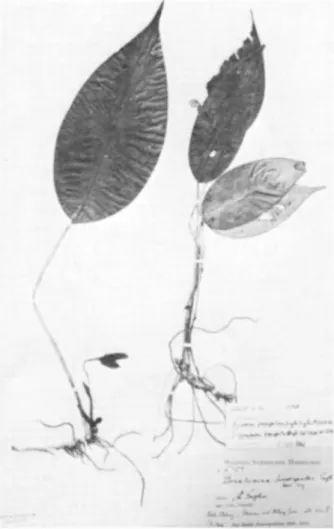
Aglaonema rotundum
The leaves of this specimen are ovate (2.0-2.4 times longer than wide) rather than oblanceolate; however, some of these lower leaves are broader than the upper, more vigorous leaves, making it difficult to justify maintaining A. Alderwerelt van Rosenburgh. Leaf blade lanceolate, 6.5-10.5 cm long, 1.7-3.0 cm wide, length/width ratio base often unequal, obtuse; apex gradually attenuated; mottling none or in the form of a narrow central white stripe along the midrib; venation differentiated into 2-3 primary lateral veins diverging from midrib at 30'.
Biinnemeijer 7161 is variegated, but Biinnemeijer 7173 is not, although both were collected on the same day, at the same altitude and in the same place.
Aglaonema nitidum
This second designation appears to be part of the nomenclatural confusion involving the type-species. This species is quite variable, but, with the exception of the typical variety, it is always variegated in the same barbed pattern. It is distinguished by long leaves, which equal or exceed the length of the leaf blade.
The image of the endpaper is not particularly distinctive, nor are the dimensions stated in the description: “6-7 cm. This cultivar is distinguished by the fact that most of the leaves are variegated at the top and none at the bottom. There is a possibility that apomixis contributes to the stability of this taxon's distinguishing features;
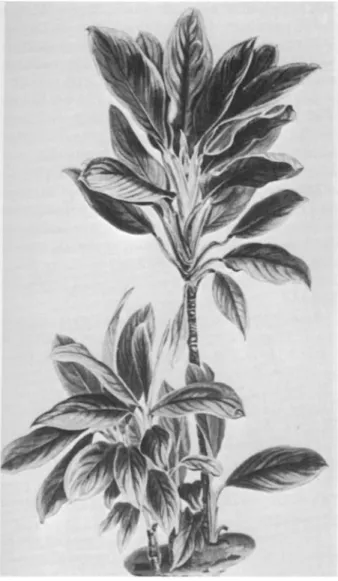
Index
